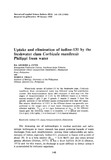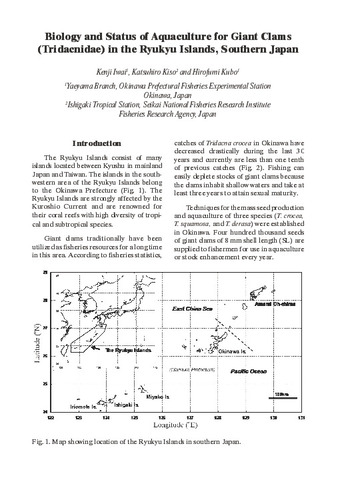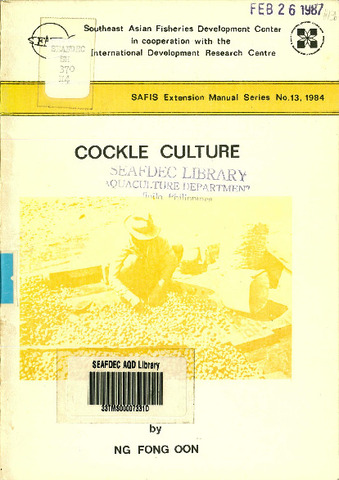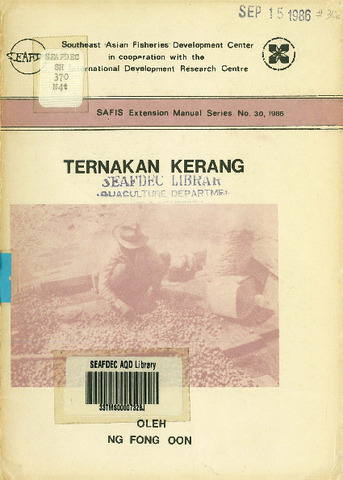Uptake and elimination of iodine-131 by the freshwater clam Corbicula manilensis Philippi from water
Share
Abstract
Whole body uptake of Iodine-131 by the freshwater clam, Corbicula manilensis, from contaminated water was followed using NaI scintillation counter. The bioaccumulation factor (BF) exclusive of shell was 5.44. The degree of bioaccumulation of I-131 by the different tissues is as follows: visceral remains > gills > gut > gonads > mantle > muscle > foot. The specific activities of the different tissues corresponded with their BF values. The relative distribution of I-131 in the different tissues was generally proportional to the weight ratio of each tissue. Elimination studies gave the effective half-life, \(T^{e}_{0.5}\), of 4.5 days. Estimation of \(T_{0.5}^{e}\) in the different tissues gave the following values: 12 d (mantle), 3.9 d (gonad and muscle), 3.6 d (gut), 3.4 d (gills), 2.4 d (foot) and 1.9 d (visceral remains).
Suggested Citation
Cuvin, M. L. A., & Umaly, R. C. (1988). Uptake and elimination of iodine-131 by the freshwater clam Corbicula manilensis Philippi from water. Natural and Applied Science Bulletin , 40(3), 141-158. http://hdl.handle.net/10862/1246
Subject
Taxonomic term
Collections
- AQD Journal Articles [1215]
Related items
Showing items related by title, author, creator and subject.
-
Biology and status of aquaculture for giant clams (Tridacnidae) in the Ryukyu Islands, southern Japan
Iwai, Kenji; Kiso, Katsuhiro; Kubo, Hirofumi (Aquaculture Department, Southeast Asian Fisheries Development Center, 2006)The Ryukyu Islands consist of many islands located between Kyushu in mainland Japan and Taiwan. The islands in the south-western area of the Ryukyu Islands belong to the Okinawa Prefecture. The Ryukyu Islands are strongly ... -
Cockle culture
Ng, Fong Oon (Secretariat, Southeast Asian Fisheries Development Center, 1984-08)This manual on cockle culture is a new publication prepared for the SAFIS Project by Mr. Ng Fong Oon, a Senior Fisheries Officer affiliated with the Fisheries Research Institute at Glugor, Penang, Malaysia -
Ternakan kerang
Ng, Fong Oon (Secretariat, Southeast Asian Fisheries Development Center, 1986-01)Buku Panduan Ternakan Kerang ini merupakan satu penerbitan baru yang telah disediakan untuk Projek SAFIS oleh En. Ng Fong Oon, seorang Pegawai Perikanan Kanan di Institut Penyelidikan Perikanan, Glugor, Pulau Pinang, ...






